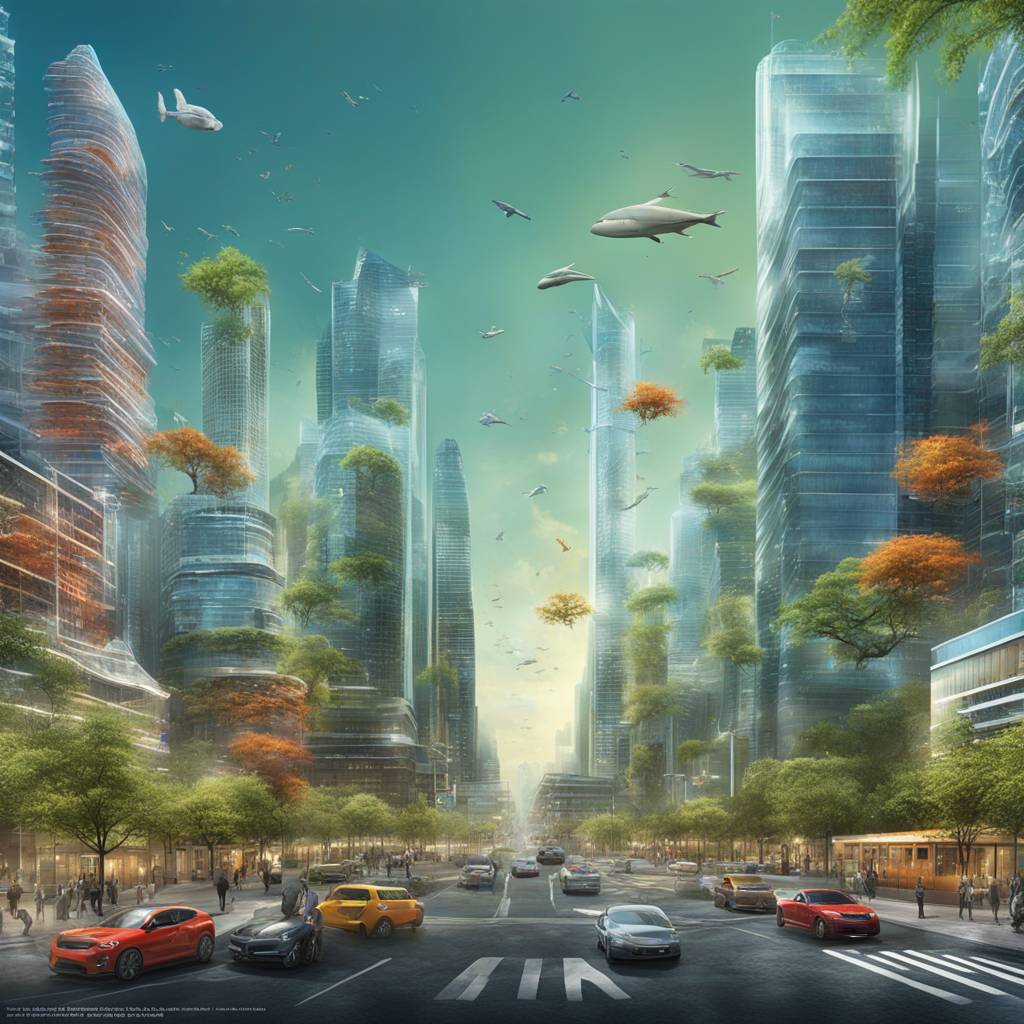A study published in the journal PLOS ONE by Alessandro Filazzola and colleagues from the University of Toronto Mississauga and Apex Resource Management Solutions examines how climate change may impact the biodiversity of North American cities by the year 2100. The researchers studied over 2,000 animal species historically found in the 60 most populous cities in the US and Canada. They used online species distribution databases generated by citizen science initiatives to download records of terrestrial animal species sightings in each city, and then used machine learning to predict the most suitable conditions for each species based on three emissions scenarios.
The results of the study indicate that urban biodiversity is likely to undergo a significant turnover by 2100, with cities experiencing declines and gains in species. Cities with high historic species richness are expected to have the largest declines and fewest gains, while cooler, wetter cities like Omaha and Kansas City may see the most new species. On the other hand, warmer cities with higher precipitation, such as those in coastal California, may lose the most species. Arid southwestern cities like Phoenix and Albuquerque are not expected to see dramatic species shifts due to their resilient ecosystems.
The study predicts that 54 species may vanish entirely from the 60 tested cities, with over 95% of bird and insect species expected to see a change in the number of cities they occupy. Canines, most amphibians, and loons are projected to experience the greatest losses in cities, while turtles, mice, toads and pelicans may become more common. The authors suggest that individuals living in cities will likely observe changes in the species occurring around them over their lifetime.
While this study is a modelling exercise, the researchers emphasize that these predictions need to be followed by ecological analyses. Future research can investigate how factors other than climate influence species distribution and examine how urban living may introduce additional stressors to animals. The authors stress that the projections for the future are contingent upon society’s ability to reduce greenhouse gas emissions, and urge efforts to protect biodiversity.
The authors highlight the significance of the impact of climate change on urban biodiversity, noting that familiar species will leave cities while new species will enter, leading to a shift in the composition of urban animals. They emphasize the need for further research and action to address the changing biodiversity in cities and preserve the natural world in the face of climate change.













